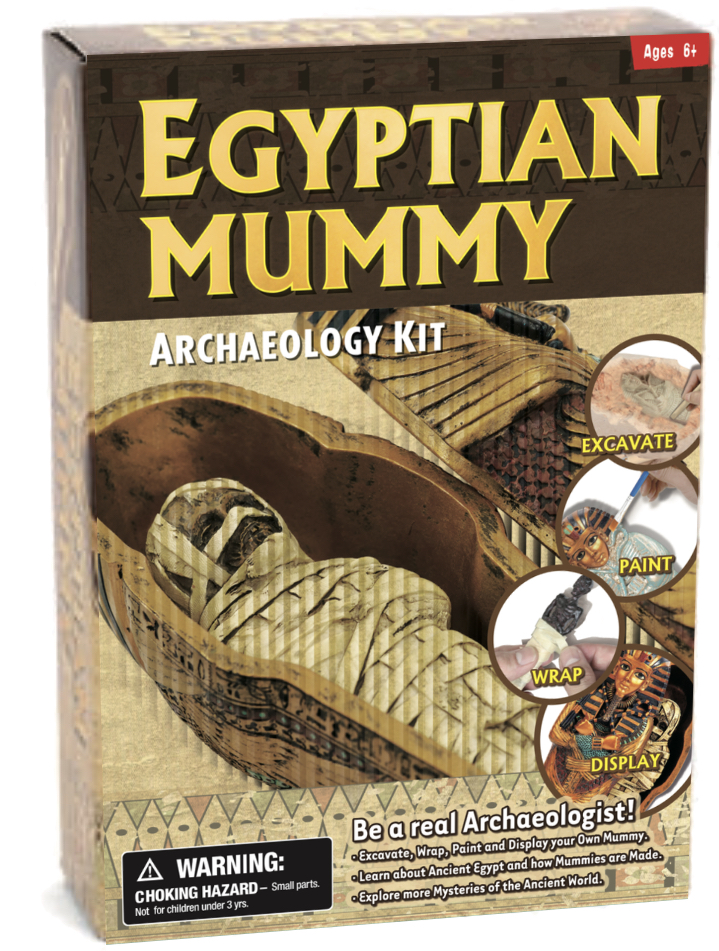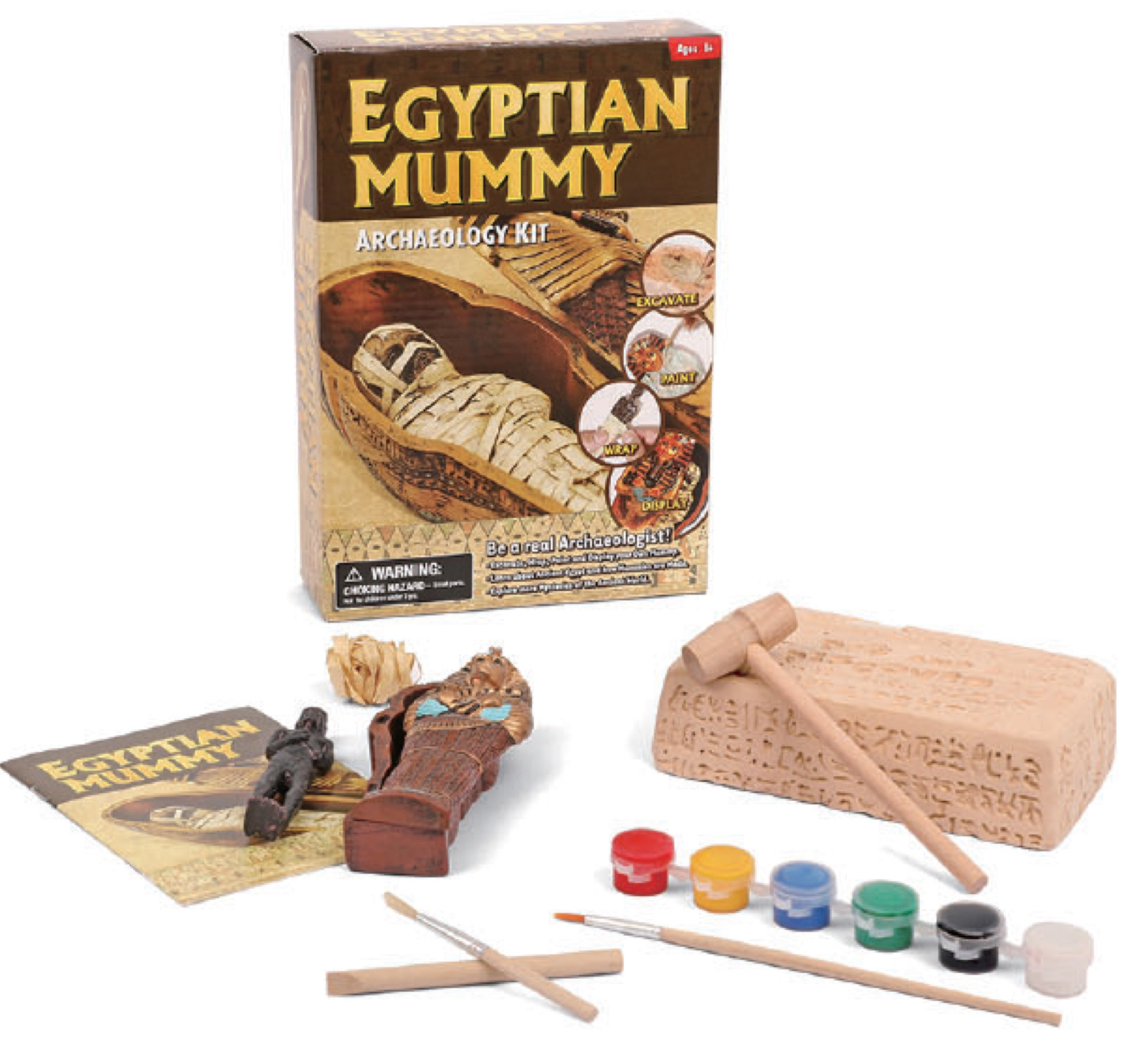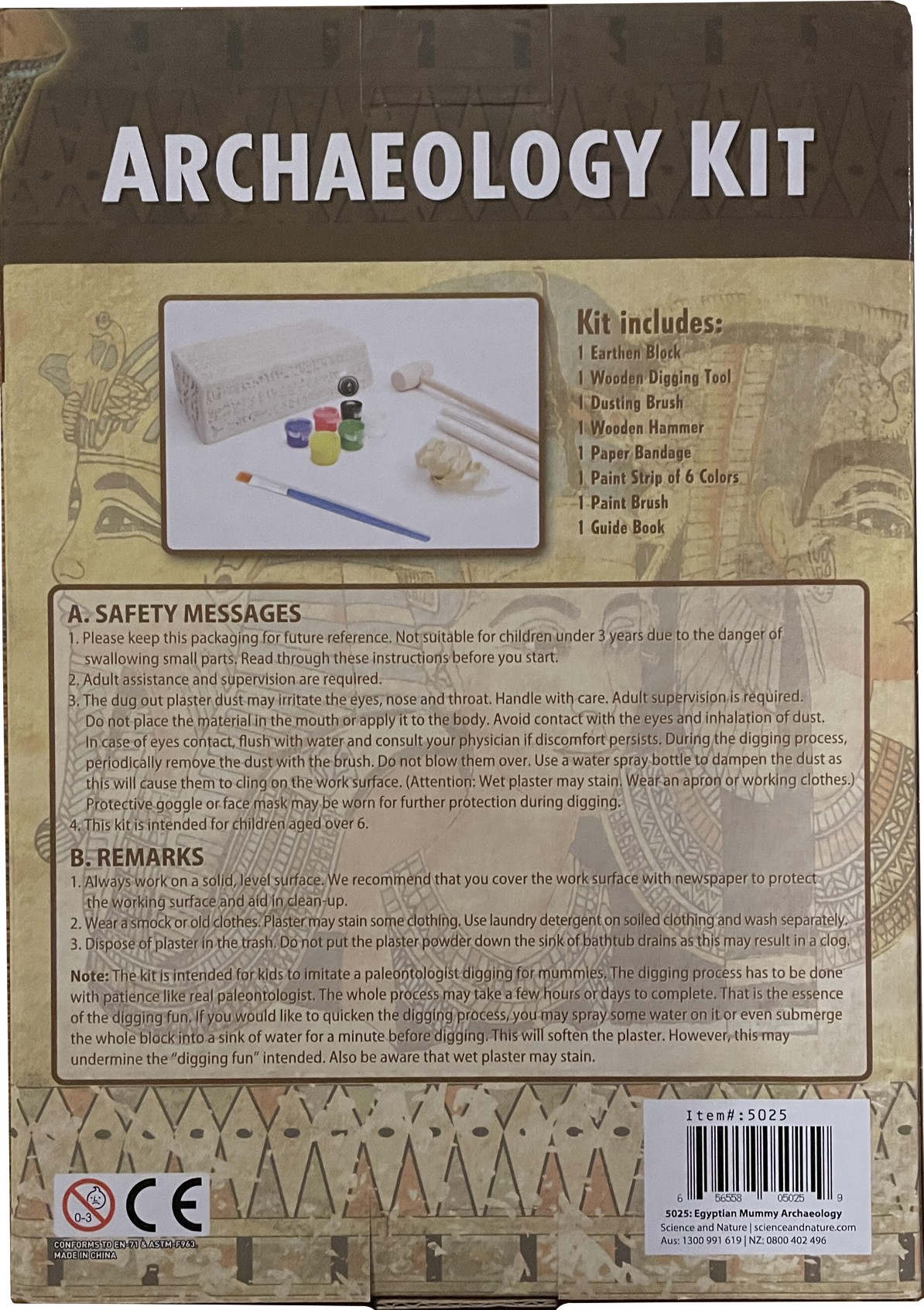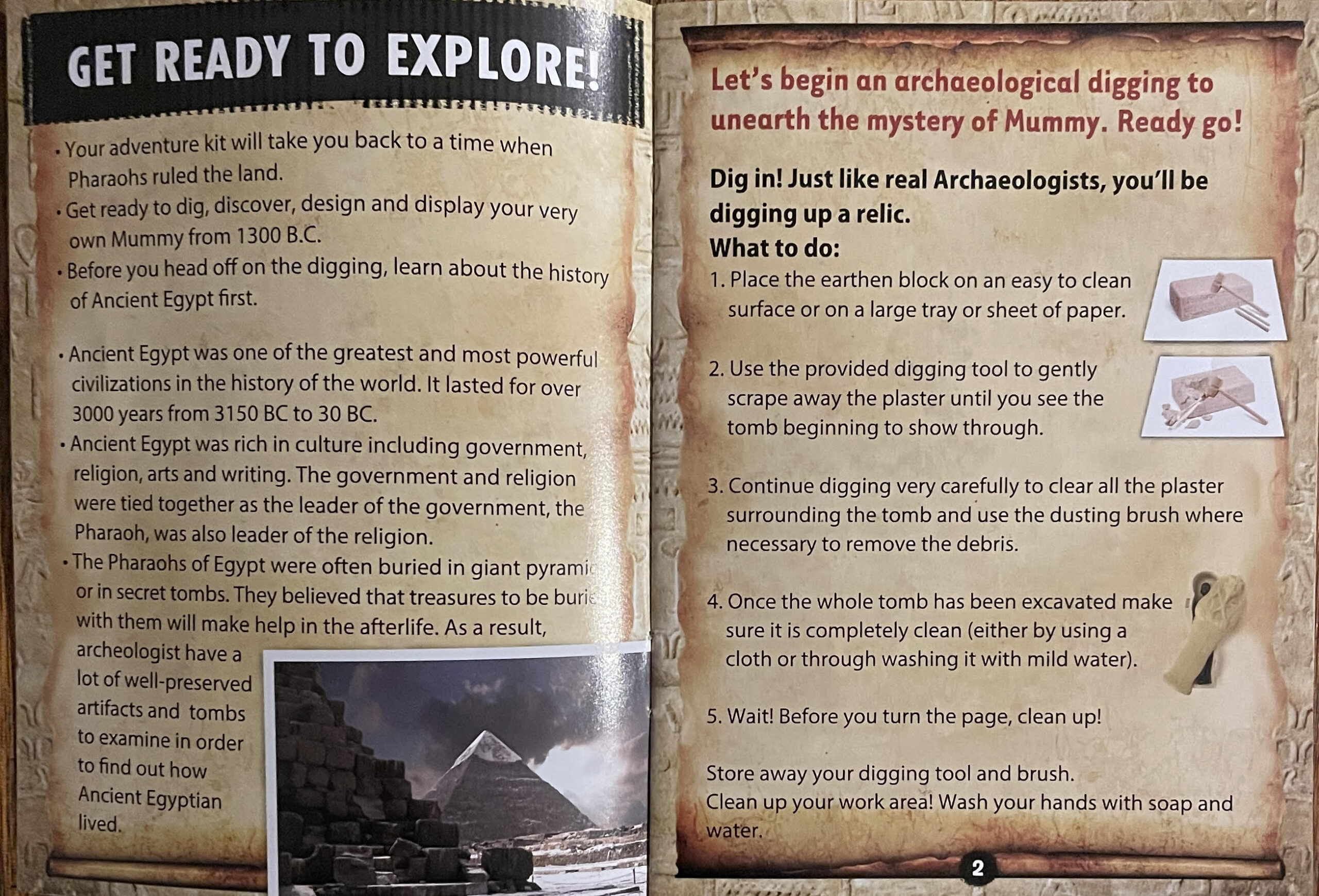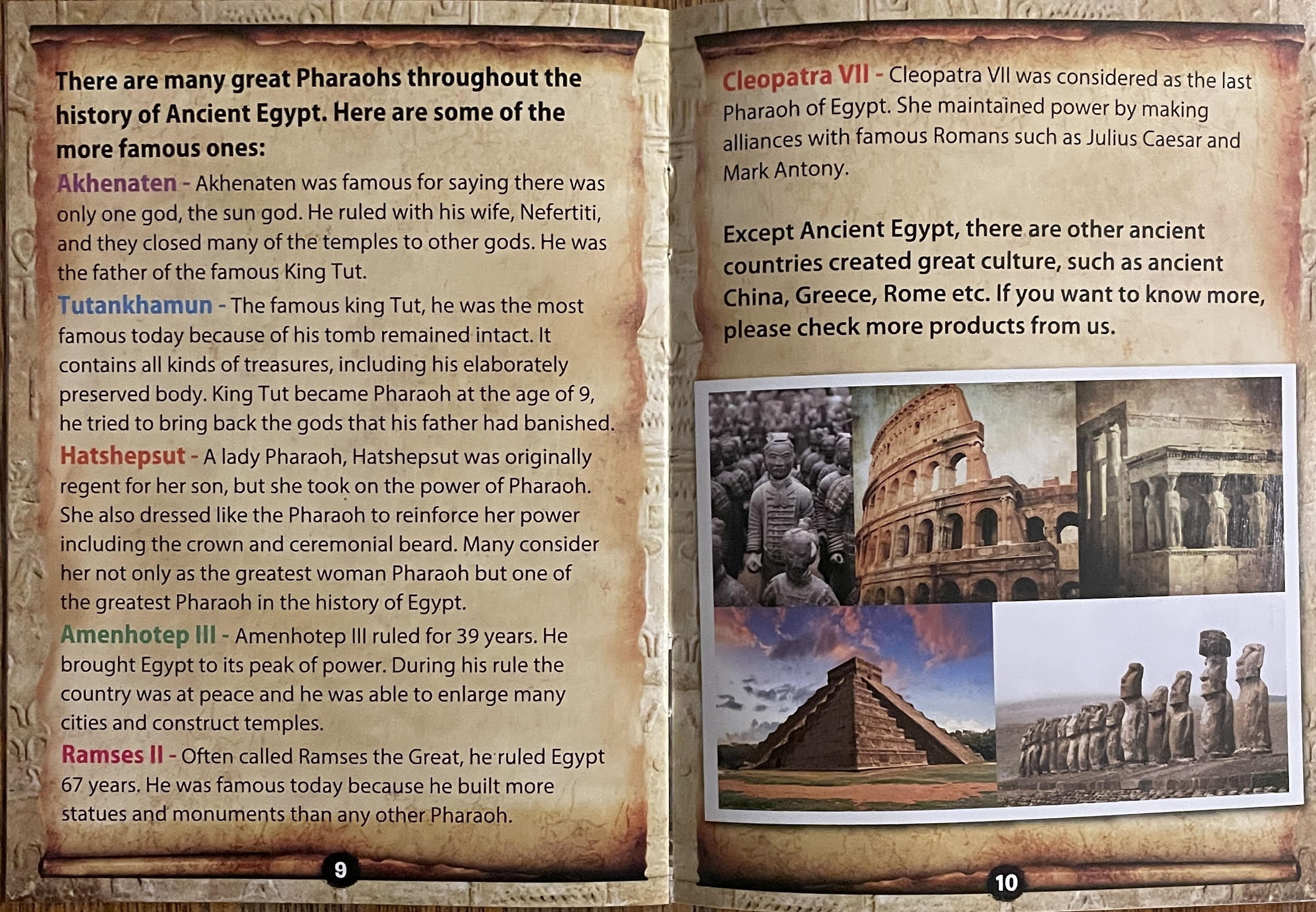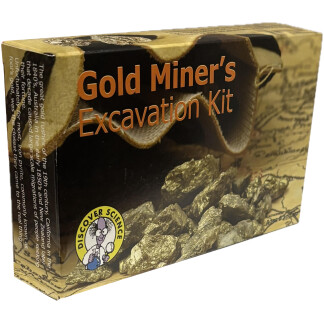Description
With the Egyptian Mummy Archaeology kit you can explore some of the mysteries of ancient Egypt. Excavate, wrap, paint and display your own mummy in its own replica sarcophagus. Supplied in a pack of 6.
Learn about Egyptian Mummies and their importance in ancient civilisation with the 10 page leaflet included.
See below for some more information and also consider the Egyptian Civilisation Excavation kit.
The archaeology of an Egyptian mummy involves the scientific study and analysis of the mummified remains, burial practices, artefacts, and the context in which the mummy was found. The study of Egyptian mummies is a crucial aspect of Egyptology, which is the study of ancient Egypt’s history, culture, and civilisation.
Here are some key elements involved in the archaeology of an Egyptian mummy:
- Excavation and Discovery: The process typically begins with the excavation of the burial site, which can be a tomb, a burial chamber, or a complex burial structure like a pyramid. Archaeologists carefully record the position and arrangement of the mummy and any associated artefacts or burial goods.
- Mummy Analysis: Once the mummy is discovered and brought to a laboratory or museum, archaeologists conduct a detailed analysis of the remains. This includes examination of the body’s physical condition, the mummification process used, and any associated funerary items or wrappings.
- CT Scans and Radiography: Non-invasive imaging techniques like CT scans and radiography are often used to examine the mummy without damaging the wrappings or the body. These techniques can reveal information about the mummy’s internal structure, any hidden artefacts, or potential causes of death.
- Artefact Analysis: Artefacts found with the mummy, such as amulets, burial masks, or canopic jars, are studied to understand their symbolic and practical significance in the burial ritual.
- Contextual Analysis: The mummy’s burial context is carefully examined to understand its significance within the broader archaeological site or funerary complex. This may involve studying the layout of the tomb, its decorations, and any inscriptions present.
- Dating and Chronology: Establishing the age of the mummy and its associated artefacts is crucial for placing it within the proper historical context.
- Osteological Analysis: Anthropologists study the mummy’s skeletal remains to gather information about the individual’s age, sex, health, and any signs of diseases or injuries.
- DNA Analysis: In some cases, DNA analysis may be performed on the mummy to determine familial relationships or to gain insights into ancient genetic information.
- Conservation and Preservation: After analysis, conservators work to preserve the mummy and its associated artefacts to ensure their long-term preservation for future research and public display.
The archaeology of an Egyptian mummy provides valuable insights into the lives, beliefs, and practices of ancient Egyptians. It helps researchers understand ancient Egyptian burial customs, religious beliefs, and social structures, contributing to a deeper understanding of the civilisation that thrived along the Nile River thousands of years ago.

